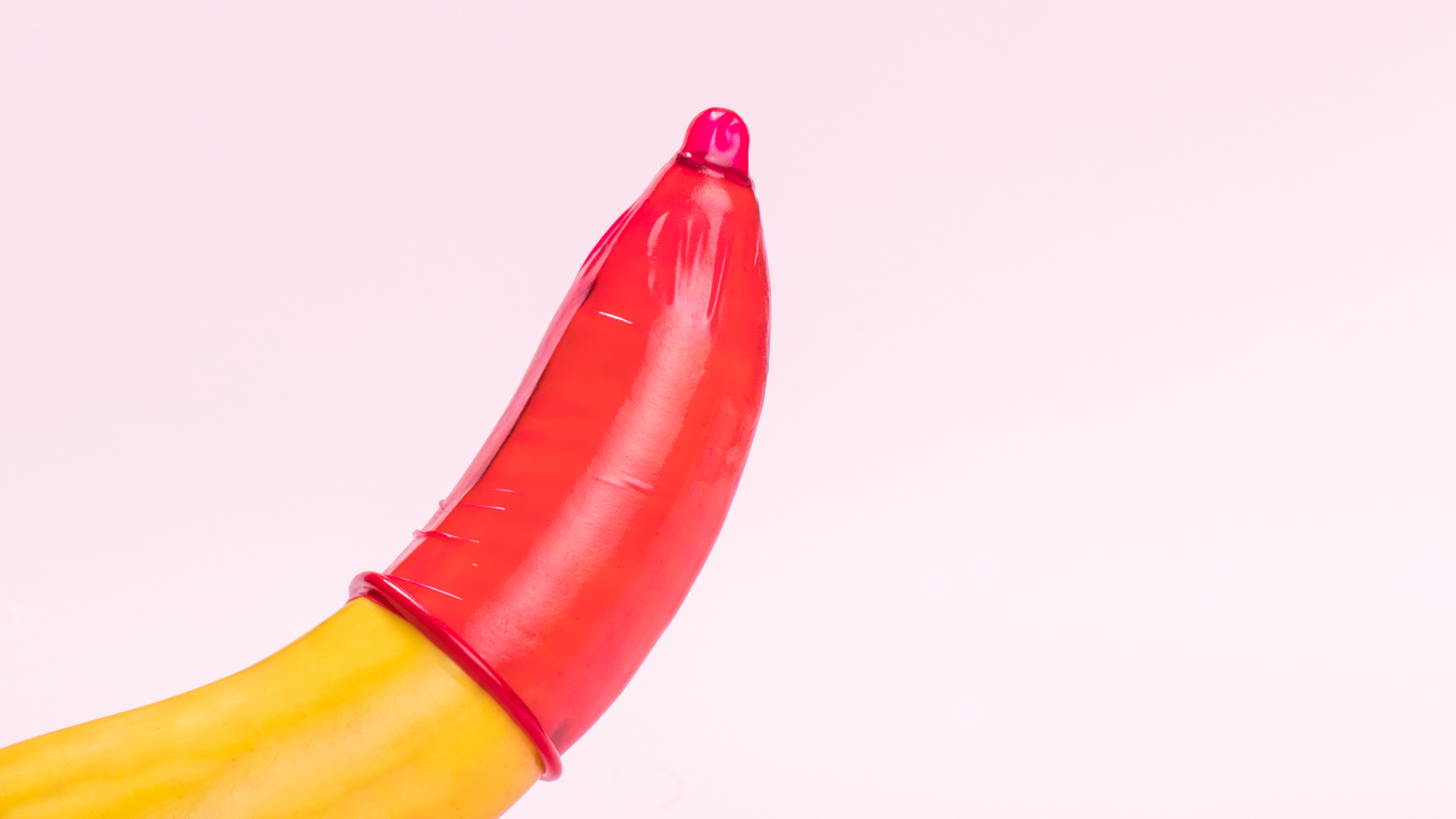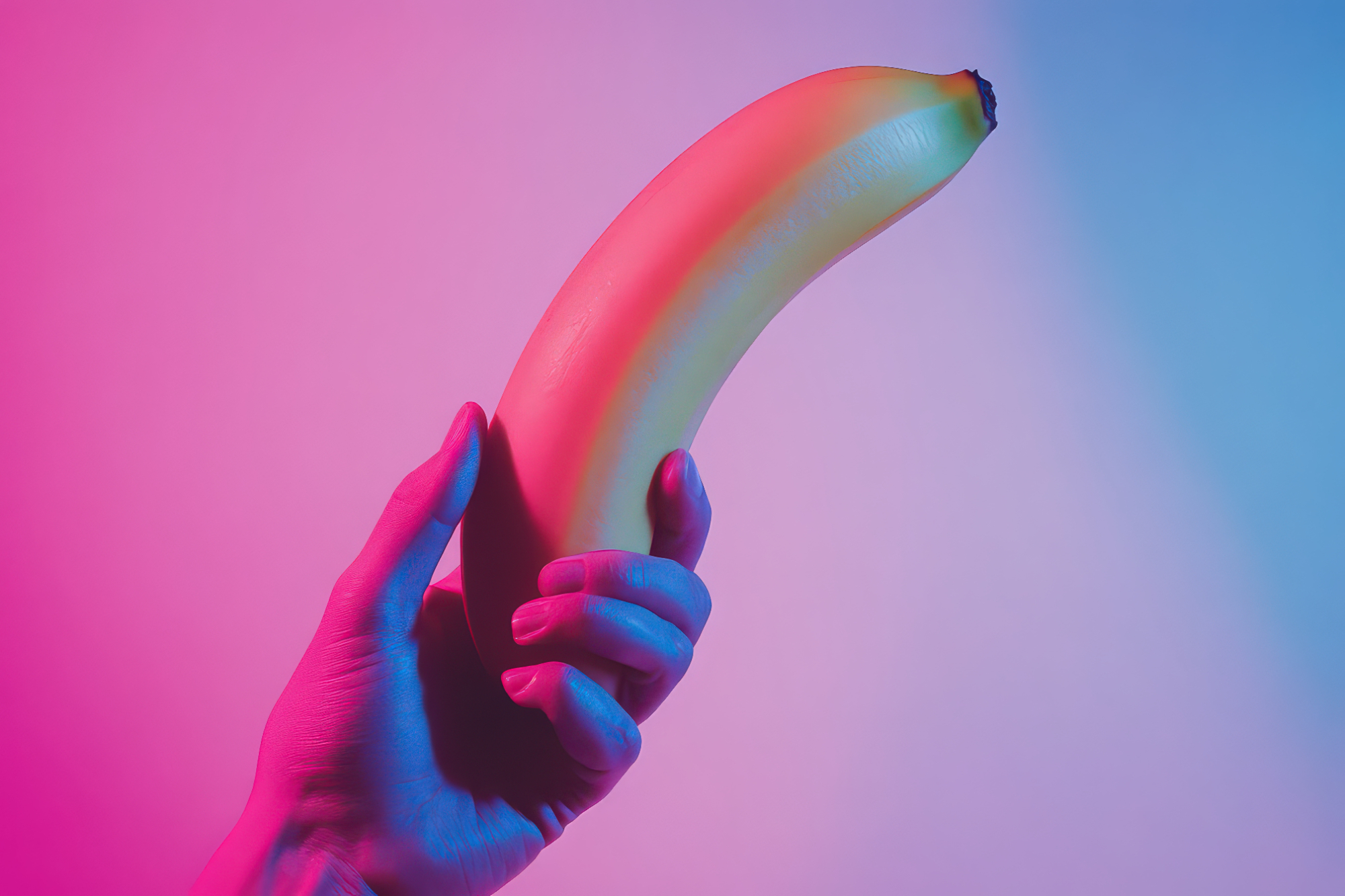Understanding ‘Blue Balls’: What the Science Really Says

You’ve probably heard the term “blue balls” before—maybe even joked about it. But this slang term actually refers to a very real (though understudied) condition involving discomfort in the testicles due to extended sexual arousal without orgasm. While it’s widely discussed online and casually acknowledged, it’s surprisingly absent from medical literature. So what do we actually know?
What causes blue balls?
The exact cause of the pain associated with blue balls remains unclear, but it’s generally believed to stem from delayed blood drainage from the testicles during sexual arousal. Sexual arousal triggers increased blood flow to the genitals, causing visible changes like erection in the penis or swelling of the external clitoris. After orgasm, blood flow typically normalizes quickly—like releasing pressure from a valve.
When orgasm doesn’t occur, this return to baseline happens more slowly, potentially leading to discomfort. In some cases, a bluish tint might appear in the genitals due to trapped deoxygenated blood—hence the name “blue balls.”
Who experiences it?
This phenomenon isn’t exclusive to people with testicles. A 2021 survey conducted by the Science Vs podcast team (Wendy Zukerman and Blythe Terrell) and analyzed by a research group found that 56% of people with a penis and 42% of people with a vulva reported experiencing discomfort from sexual arousal without orgasm.
Despite these numbers, the symptoms were mostly described as mild and infrequent, which might explain the lack of attention it receives in scientific journals or clinical settings.
More than just discomfort: The coercion issue
The same survey also uncovered something deeply concerning: sexual coercion tied to this experience. A significant number of respondents—especially women—reported being pressured to continue sexual activity with a partner who claimed to be in pain from arousal without orgasm. Specifically, 40.1% of participants with a vagina versus 3.7% with a penis reported such pressure.
This type of pressure is a form of sexual coercion. It includes tactics like guilt-tripping, begging, or accusing someone of being a “tease.” Coercion is never acceptable and has well-documented negative mental health consequences, such as increased anxiety, depression, and lower self-esteem.
The topic gained attention on social media after a now-deleted TikTok claimed that blue balls are not painful, but merely a manipulation tactic. Many users responded with their own stories of feeling guilted into sex—highlighting the problematic use of this condition as a form of pressure.
Reframing expectations and responses
Changing how we talk about and respond to sexual discomfort starts with challenging outdated norms. The traditional heterosexual sexual script still heavily prioritizes male pleasure, as reflected in the so-called “orgasm gap.” This gap, where heterosexual men experience orgasms more frequently than heterosexual women during partnered sex, underscores a broader issue of unequal expectations.
It’s important to note that the use of blue balls as a reason to pressure someone into sex isn’t limited to heterosexual relationships—it also shows up in male-male encounters.
The good news? There are plenty of healthy, non-coercive ways to manage this discomfort: masturbation, applying cold or heat, engaging in physical activity, resting, or simply giving it time.
Bottom line
Blue balls—or arousal-related genital discomfort—can be uncomfortable, but it’s temporary and manageable. It should never be used as a justification for pressuring someone into sex. Take care of yourself, communicate openly, and remember: everyone deserves enthusiastic and freely given consent in all sexual situations.














